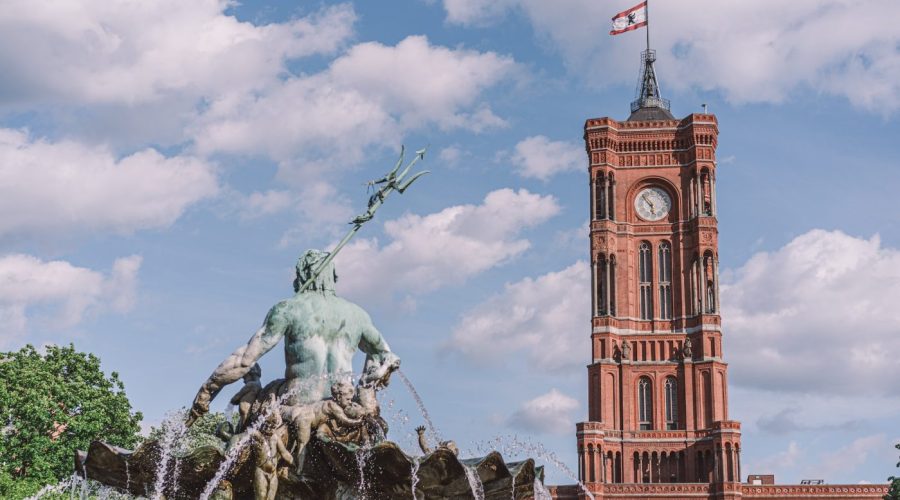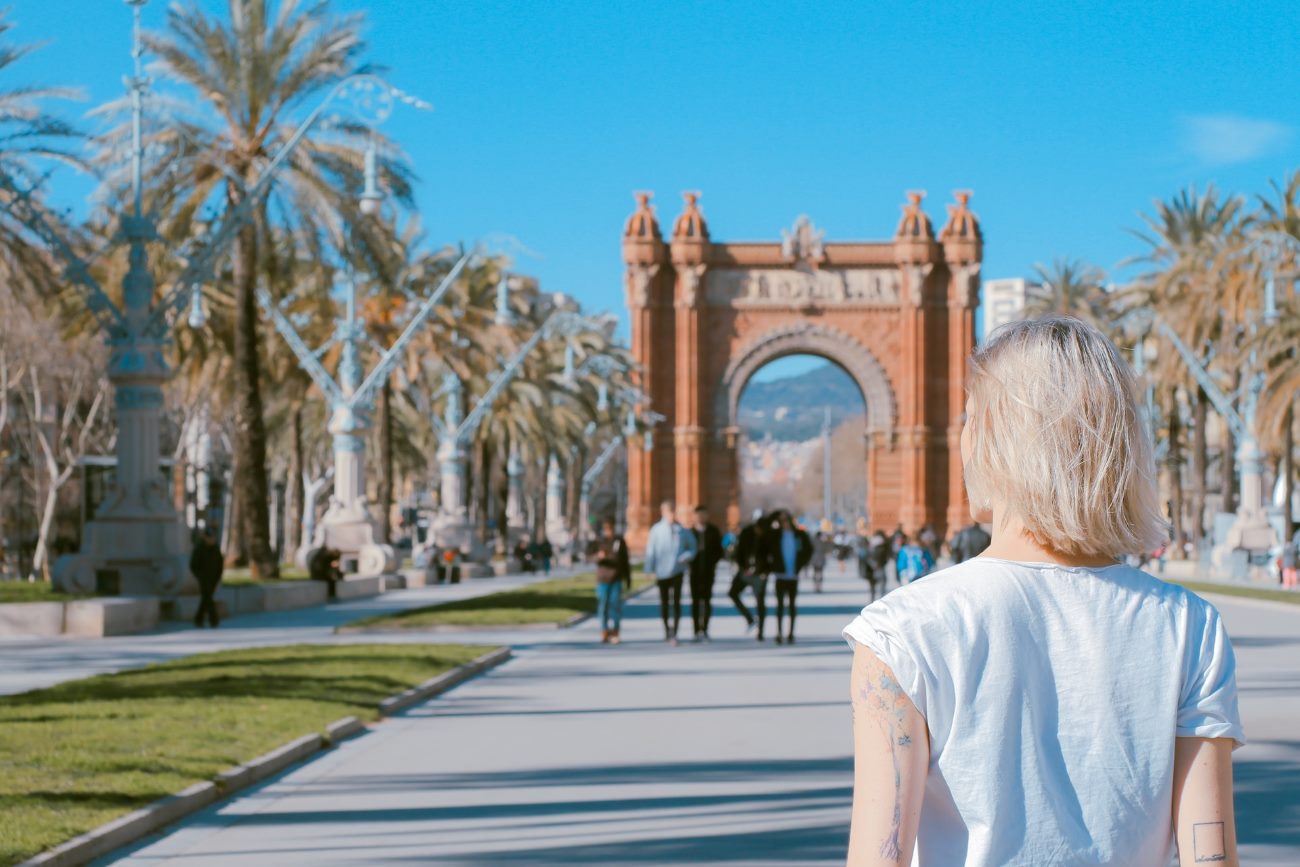How can I visit Auschwitz concentration camp from Berlin?
Visiting Auschwitz concentration camp from Berlin helps you explore the darkest parts of human history with great importance. Auschwitz stood as the biggest Nazi death and detention facility at its location near current-day Poland during World War Two. This blog explains how to make a trip to Auschwitz even though direct access from Berlin is impossible and shows you why the site holds this historical importance.
Understanding Auschwitz and its significance
Auschwitz emerged in 1940 as the Nazis built up three main areas at this site and named them Auschwitz I, Auschwitz II-Birkenau, and Auschwitz III-Monowitz. It developed into a symbol of Nazi mass murders after becoming a routine killing center for six million Jewish survivors and around ten million non-Jewish victims.
As you explore Auschwitz you can see the remaining damaged structures such as gas chambers, prisoner barracks and killing areas that demonstrate the terrible deeds that happened there.
Planning your journey
You can organize your travel to Auschwitz by learning the directions below even though direct bus services are not accessible between Berlin and the site.
-
Study options for travel before starting
Both train and bus provide regular service between Berlin and the Auschwitz destination. Investigate all travel choices to select the best one based on how comfortable it feels and how much you need to spend along with the travel time.
-
Buy your ticket ride on time to secure your spot
You should reserve your transportation in advance to experience a trouble-free trip. Making your bookings ahead of time means you will not face any difficulties at the last minute.
-
Spend a complete day for your visit to Auschwitz memorial
A visit to Auschwitz demands an entire day and includes limited duration periods for both understanding and honoring its victims. Dedicate your full day to explore and experience Auschwitz completely. Your trip between Berlin and Auschwitz will need roughly several hours of total travel time.
-
Consider joining a guided tour
Professionally trained tour guides at Auschwitz make visits more valuable by sharing historical details and knowledge all throughout the trip. They will show you around the large area of Auschwitz and tell you about its history as they answer your questions during the tour.
Pay attention to the sacred nature of the place
Seeing Auschwitz demands that visitors show their deepest respect during the tour. Consider the following tips:
-
Dress appropriately
Dress humbly at this location to show the right amount of respect. Choose clothing that shows respect for the site with appropriate dress and free of potentially offensive messages.
-
Follow the prescribed route
Auschwitz offers public pathways that help maintain the site while giving visitors an appropriate way to experience it. Stay on the designated route at all times.
-
Maintain silence and reverence
Auschwitz exists to help people remember history through thoughtful observation. Lower your voice when needed and stay alert to the presence of others while you move through the area. Offer your honor to victims who mourn while showing courtesy to visitors and survivors of the horrific place.
-
Refrain from taking inappropriate photographs
The rule for photography is in effect but some chosen spots allow you to capture pictures. Do not create photos or pose happily in front of the gas chamber and mass grave sites. Auschwitz exists to honor victims not to be treated as a common tourist destination.
-
Educate yourself beforehand
Study Holocaust knowledge and Auschwitz history before you go. Your self-study will enhance your tour and make you understand why this site holds such importance.
Conclusion
Traveling to Auschwitz concentration camp from Berlin delivers both emotional validation and academic learning. Your respect for the site and its history will make room for you to honor the victims and gain Holocaust appreciation on your well-prepared journey. Use this occasion to develop compassion while teaching others while working to guarantee these tragedies do not happen again.
Table of Contents



